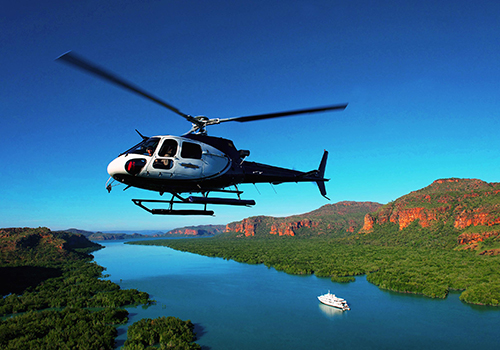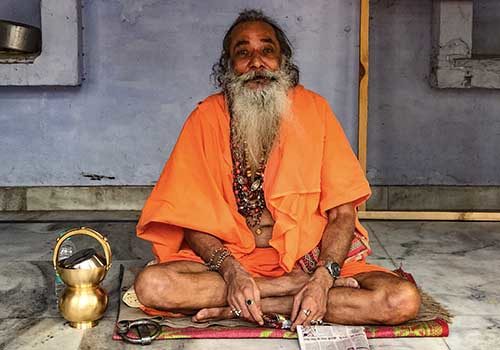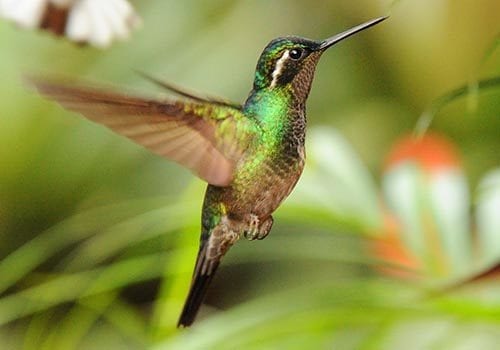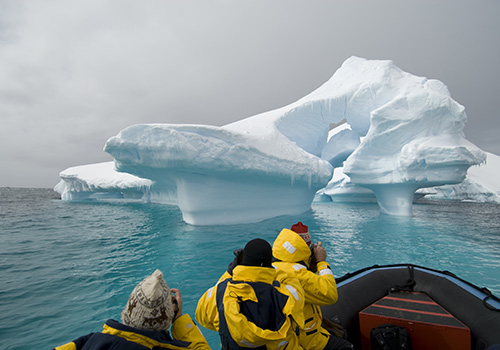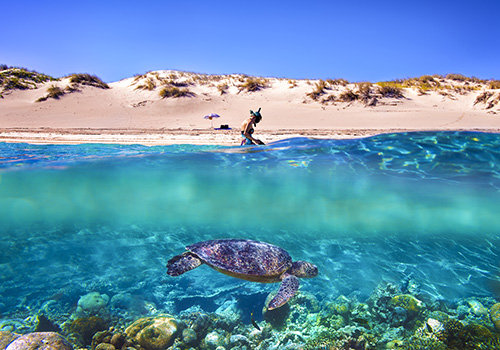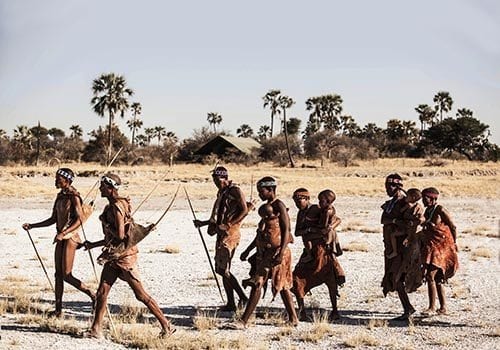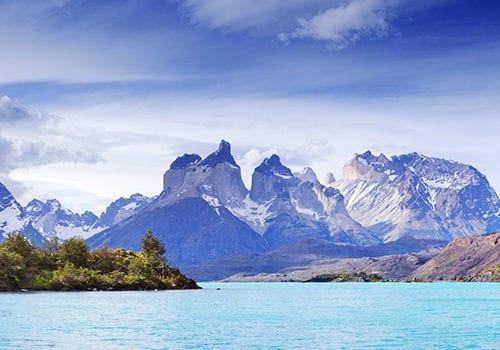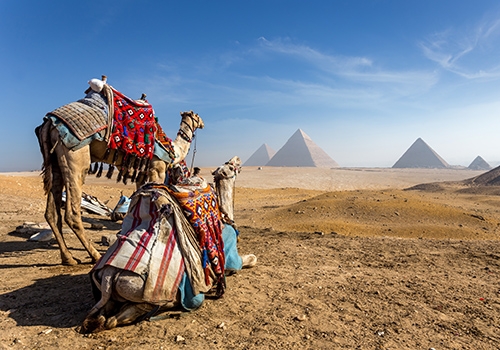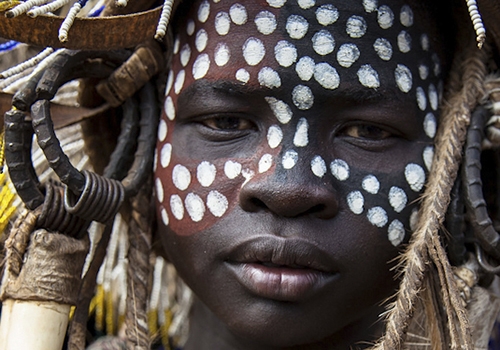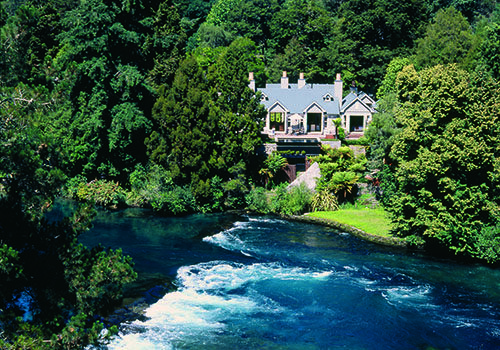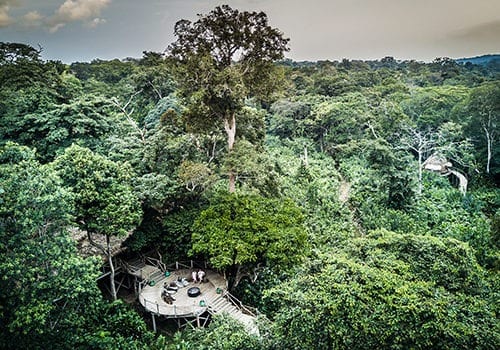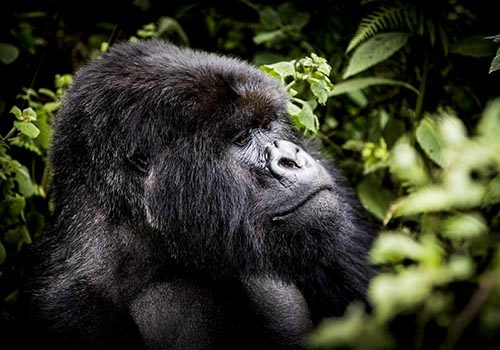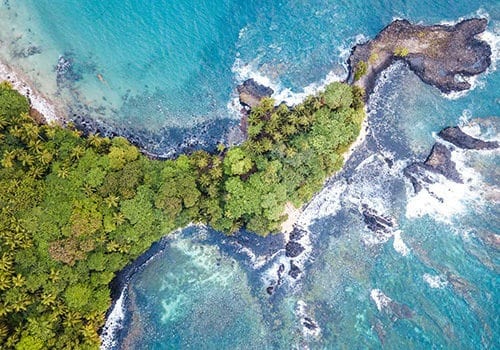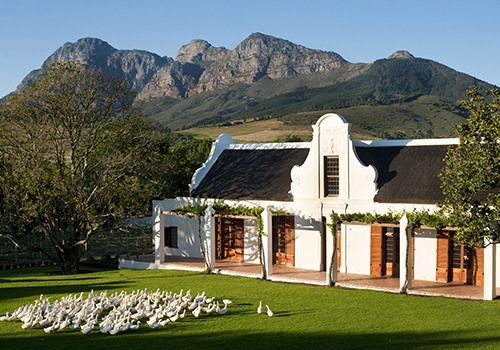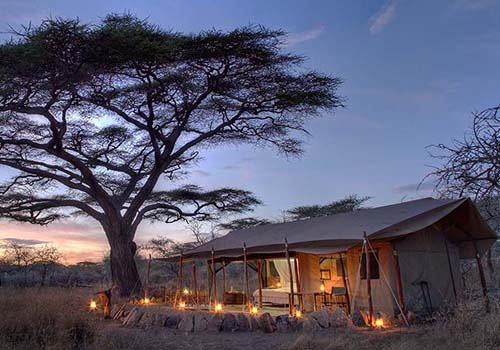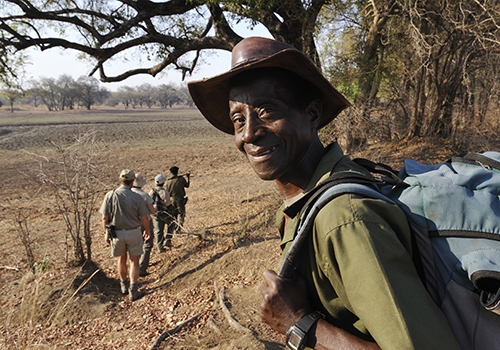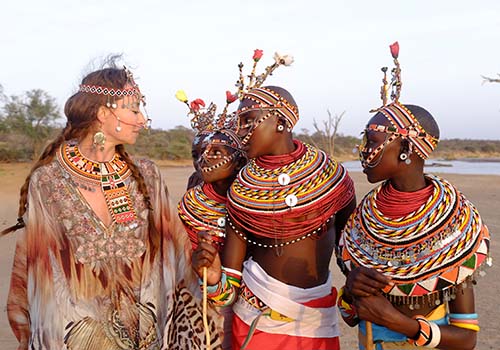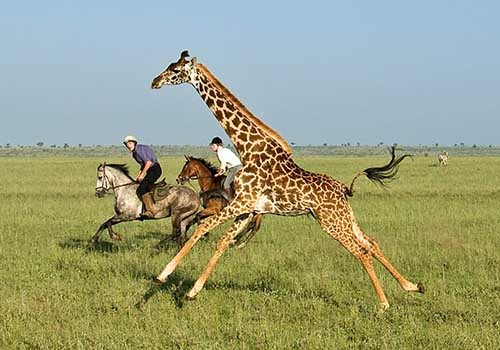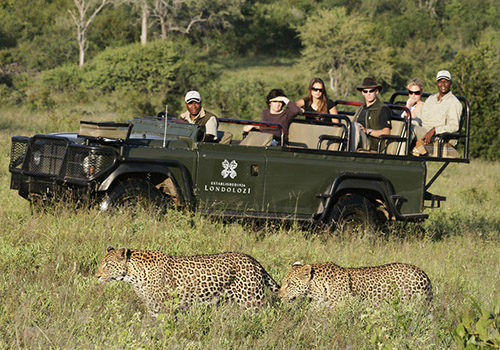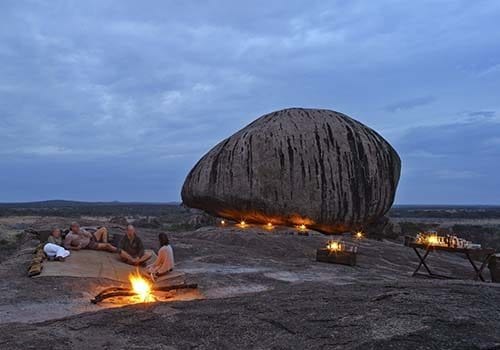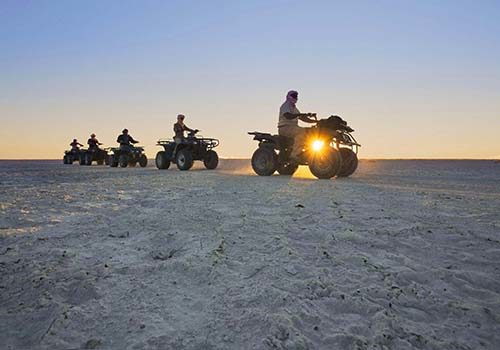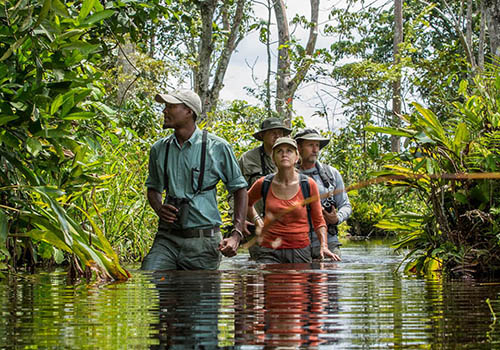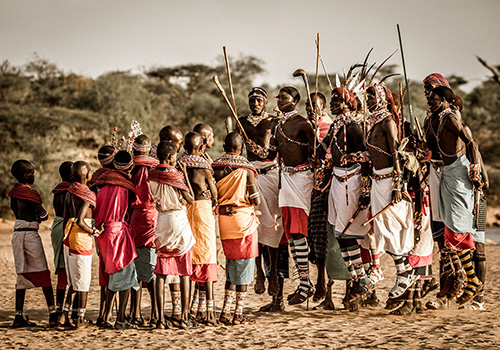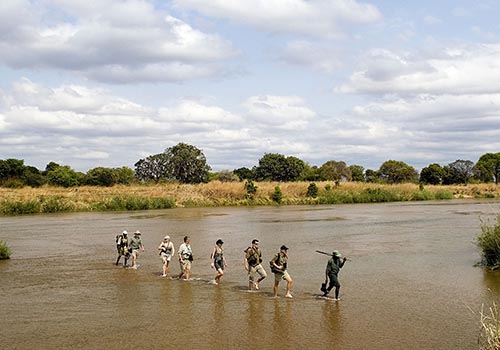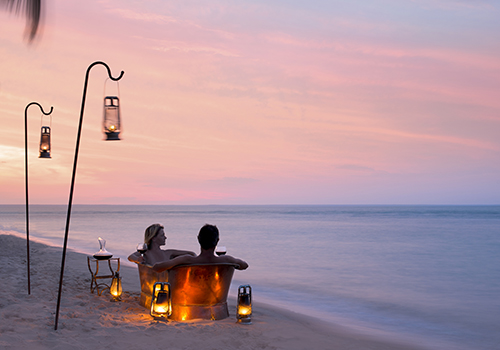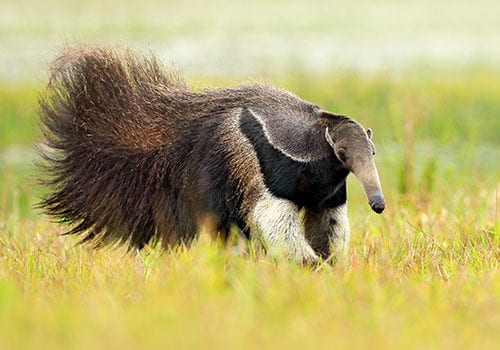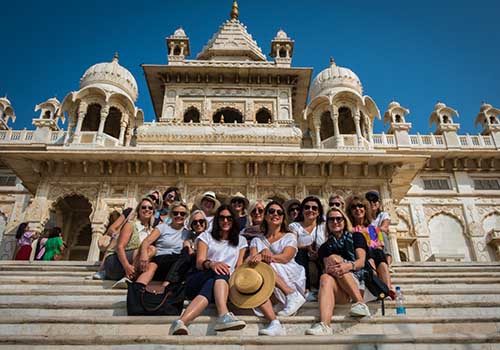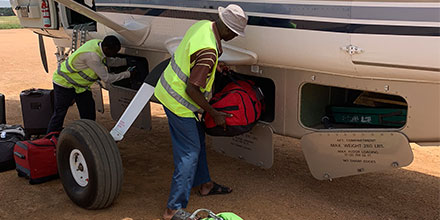
KEY INFORMATION TO PREPARE FOR YOUR JOURNEY
Zambia, located in the heart of southern Africa, is a landlocked country known for its unspoiled wilderness. Bordered by eight countries, including Tanzania, Malawi, Zimbabwe, Botswana, and Namibia, Zambia offers a variety of experiences for travellers seeking both adventure and relaxation.
At its heart lies the awe-inspiring Victoria Falls, a natural wonder of cascading beauty. Home to pioneering walking safaris, Zambia offers an intimate wildlife experience, notably in parks like South Luangwa and Lower Zambezi, where elephants and diverse animals roam freely along the riverbanks. Cultural encounters with local communities provide insights into Zambia’s heritage, while adventure enthusiasts can participate in the exciting activities on offer at Victoria Falls.
This information will assist in preparing for your departure and includes helpful travel hints for when you are there. For detailed pre-departure information for Africa on the whole please refer to our AFRICA pre-departure information.
PLEASE NOTE: All pre-departure information was correct at the time of writing, but should be used as a guide only since requirements can change at short notice and without warning. Consult Smart Traveller or contact the High Commission of the Republic of Zambia or the appropriate authority prior to departure to confirm all details.
AT A GLANCE
ZAMBIA KEY FACTS
Time: GMT +2 hours | AEST -8 hours
Capital: Lusaka
International Airport(s): Kenneth Kaunda International Airport (LUN)
Official languages: Over 70 different dialects are spoken but the official language is English
Religion: Christianity is the most dominant faith in Zambia
Electrical Current: 230V |UK 3 square pin -Type G | European 2 round pin – Type C | South African 3 round pin – Type M
Currency: ZMK or USD
Australian Embassy in Harare: A: 2/B/23 Roan Road, Kabulonga, Lusaka | T: (+260) 960 706 908 | E: australian.consulate.zambia@gmail.com
Visa: No – currently not required for Australian & New Zealand passport holders – refer to ‘Passports and Visa Requirements‘ for further details.
USEFUL WEBSITES
Smart Traveller – https://www.smartraveller.gov.au/destinations/africa/zambia
Travel Doctor-TMVC – https://www.traveldoctor.com.au/destinations/zambia
PUBLIC HOLIDAYS
January 1: New Year’s Day
March 8: Women’s Day
March 12: Youth Day
Friday before Easter: Good Friday
Monday after Easter: Easter Monday
May 1: Labour Day
May 25: Africa Day
1st Monday in July: Hero’s Day
1st Tuesday in July: Unity Day
August 5: Farmers Day
October 18: National Prayer Day
October 24: Independence Day
December 22: Unity Day
December 25: Christmas Day
*If a public holiday falls on a Sunday the following Monday shall be taken as a public holiday.

PASSPORT & VISA REQUIREMENTS
PASSPORTS
Your passport must be valid for at least six months after your return to Australia and have at least two blank pages for every entry and country you intend to visit on your journey. If your passport does not meet these requirements you must obtain a new one. The Australian Passport Office website is www.passports.gov.au.
It is a wise precaution to carry a photocopy of your passport separately and leave a copy at home. This will aid authorities in processing a new passport should yours get stolen or lost.
If you have dual citizenship and more than one passport, we strongly recommend that you use only one of these during your travels, as in some countries it is considered illegal to have two or more passports. Be sure to use the same passport on entry and exit from a country, and never surrender your passport.
If your passport name is different to your commonly used name, advise us of this and ensure your airline reservations match those of your passport name.
VISAS
Australian and New Zealand passport holders do not require a Visa to enter Zambia. Ordinary visitors and tourists can enter for 90 days in any period of 12 months from the day of first entry into Zambia.
If arriving by air, you must have a valid return air ticket. If you’re arriving by land or water, you must have enough funds for your stay and departure from Zambia.
Alternatively, you can opt for a KAZA UNVISA. This visa is valid for travel between Zambia and Zimbabwe and day trips to Botswana through the Kaungula border. You can get a KAZA UNVISA if you enter via:
- Lusaka or Livingstone international airports
- Livingstone land border with Zimbabwe
- Kazungula land border with Botswana
You can also apply for a KAZA UNVISA online https://www.zambiaimmigration.gov.zm/kaza-univisa/. It costs US$50 and is valid for 30 days.
Please discuss which option might be most appropriate with your travel consultant.

CLIMATE, WEATHER & SEASONS
CLIMATE
Zambia’s weather pattern is fairly typical of southern Africa. The rains tend to fall from November – March. This is Zambia’s ’Green Season’ when most camps close and many unsurfaced roads in Zambia become impassable. It is also incredibly hot during these months with daytime temperatures often in the high 30s.
By April and May most of the rain has stopped, leaving a green landscape that begins to dry out and night-time temperatures begin to drop so it becomes a more comfortable time to visit. The nights in June, July and August become much cooler but the days remain warm, bright and dry. Most of Zambia’s small walking bush camps open at the beginning of June when the roads have dried out sufficiently to allow access.
In September and October the temperatures climb again. The Lower Zambezi and the Luangwa valley get particularly hot but the game viewing can be extremely rewarding – if you can bear the heat!
| LIVINGSTONE | JAN | FEB | MAR | APR | MAY | JUN | JUL | AUG | SEP | OCT | NOV | DEC |
|---|---|---|---|---|---|---|---|---|---|---|---|---|
| Temperature (°C) | 19-31 | 19-31 | 18-31 | 16-31 | 11-29 | 07-26 | 07-26 | 10-29 | 15-33 | 19-36 | 20-34 | 19-31 |
| Rainfall (mm) | 150-200 | 100-150 | 50-100 | 0-50 | 0-50 | 0 | 0 | 0 | 0 | 0-50 | 50-100 | 150-200 |
| S. LUANGWA | JAN | FEB | MAR | APR | MAY | JUN | JUL | AUG | SEP | OCT | NOV | DEC |
|---|---|---|---|---|---|---|---|---|---|---|---|---|
| Temperature (°C) | 21-31 | 21-31 | 20-31 | 19-31 | 15-30 | 12-29 | 12-29 | 13-31 | 17-35 | 20-37 | 21-36 | 22-33 |
| Rainfall (mm) | 150-200 | 150-200 | 50-100 | 0-50 | 0-50 | 0 | 0 | 0 | 0 | 0-50 | 50-100 | 150-200 |
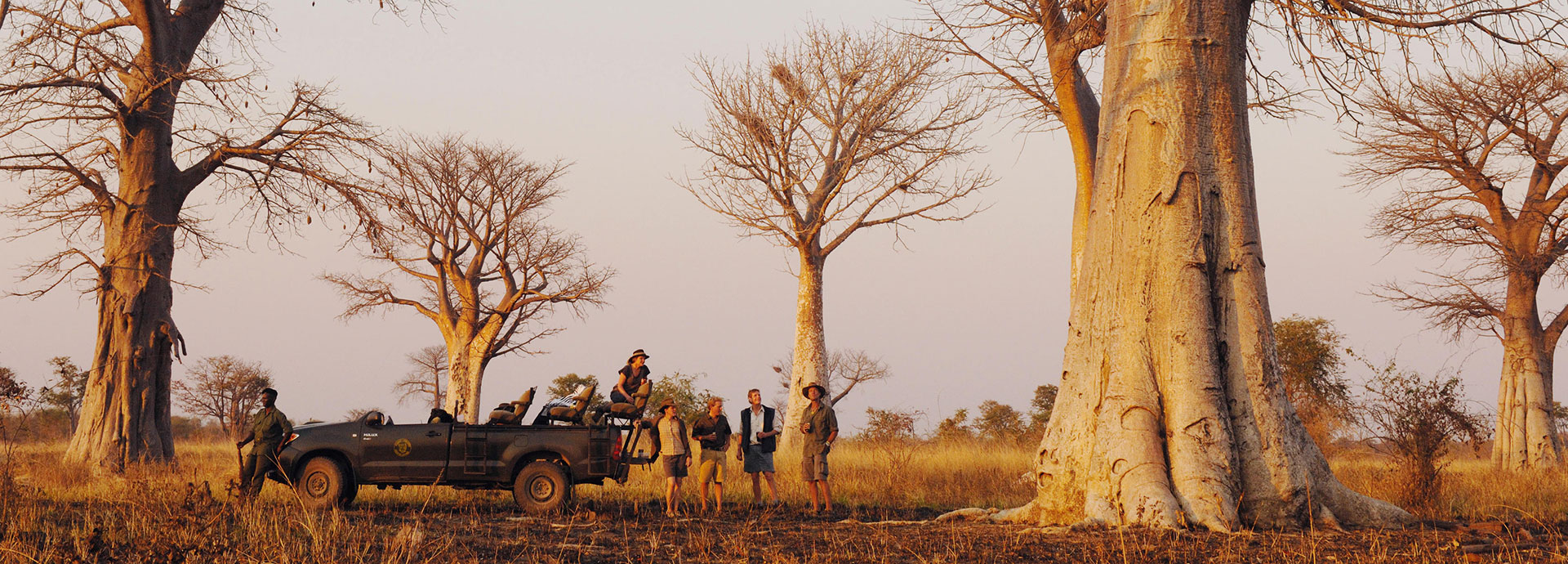
LUGGAGE & PACKING
LUGGAGE
Charter flight companies and some safari operators impose strict luggage restrictions.
Most internal flights in Zambia (Proflight) have a luggage allowance of 23Kgs including camera equipment and hand luggage. However, if you are catching a private charter or shuttle flight (Royal Zambezi Air, Classic Zambia, Wilderness Air and Skytrails) the baggage is limited to 15Kgs in total. Please check with your consultant which airline you are flying with and what the restrictions are.
With any of these airlines, the maximum dimensions of your bag should not exceed 157 cm (length + width + height), and your bag must be soft sided in order to fit in to the small aircraft hold.
And if you are wondering how to pack everything in and keep it under weight read our blog – How to pack for a safari and keep it under 15kg
AIRLINE TAXES
Most commercial airlines now include the taxes in your ticket price and are therefore prepaid. However, if you are travelling on a private charter or shuttle flight you may be required to pay these in cash on departure at the following rates:
International departure tax is US$40 per person
Domestic departure tax is US$21 per person
Please check with your consultant which airline you are flying with and if you will be required to pay these taxes in cash locally.
For further information on luggage and what to wear refer to our main Africa pre-departure information.
CHARTER FLIGHTS
The luggage storage on many charter flights across Africa looks like this:
The weight limit is a strict safety requirement to ensure the balance and carrying capacity of small aircraft.

HEALTH & VACCINATIONS
VACCINATIONS
It may be necessary to take medical precautions before, and whilst travelling. As we are not qualified to offer advice, we recommend you contact your GP or the Travel Doctor-TMVC who have the most up‐to-date information available. Requirements are highly personal depending on your health profile and the activities in your itinerary. Some vaccinations must be given well in advance of travel, so we suggest seeking medical advice as soon as you start to plan your trip. Be sure to ask what vaccinations or medications may be required to enter Zambia and to re-enter Australia.
You can also refer to SmartTraveller for a guide as to what may be required, however, you should always seek professional medical advice before travelling.
For further information on health and vaccinations refer to our main Africa pre-departure information.
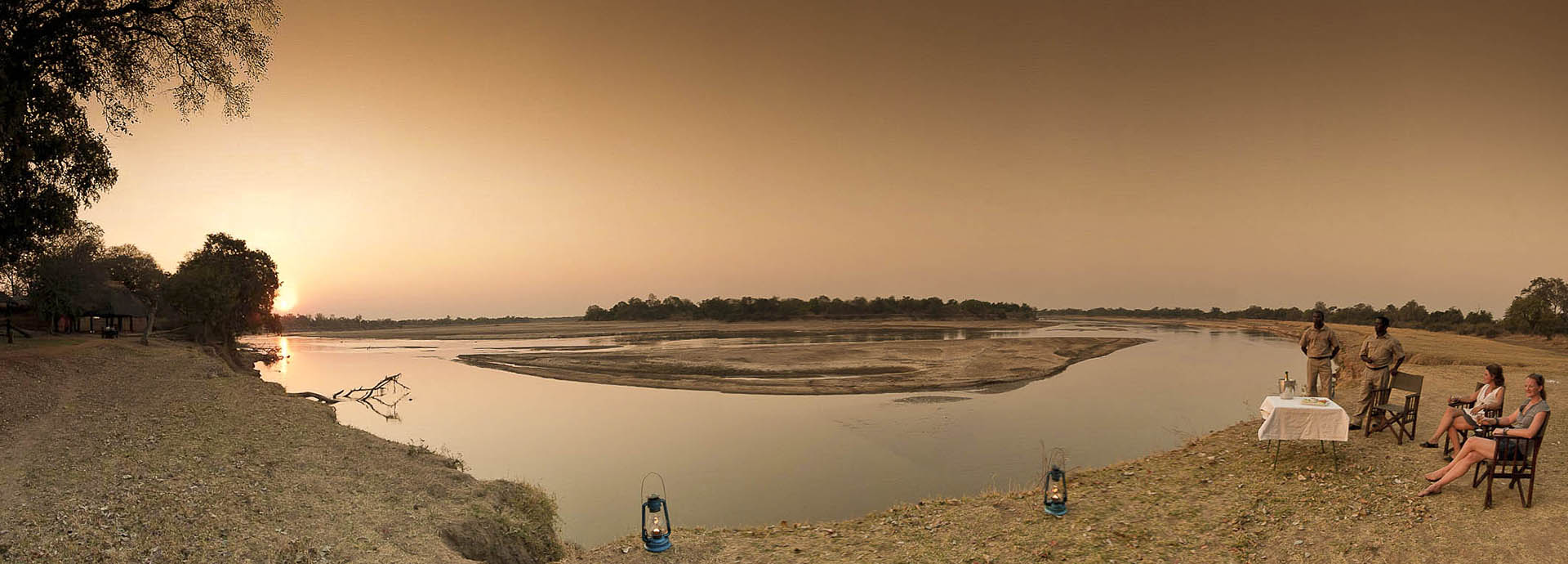
MONEY MATTERS
CURRENCY AND EXCHANGE
Zambia’s currency is the Zambian Kwacha (ZMK) which is divided into 100 Ngwee. Only some banks will exchange Australian dollars for Kwacha but US dollars are widely accepted therefore we recommend that you travel with US dollars.
Credit cards (Visa and Mastercard) are widely accepted, but AMEX is still rarely taken. Please note that you need to take your physical credit card, and you need to know your PIN number, as not all places will allow you to ‘tap’. In some cases you may also be asked to sign.
It is best to take a mixture of money – credit card, debit card or travel cash card and cash. You will need cash, preferably in small denominations, for gratuities (Refer to the ’tipping guide’ in our Africa Pre-Departure booklet for more information).
It is recommended that you DO NOT change money on the black market as you are more likely to receive a lower rate of exchange or fake notes.
TELL YOUR BANK
We highly recommend you advise your bank of your destinations and travel dates. This should prevent any of your transactions being deemed as ‘out of the ordinary’ (and possibly stopped) due to their unexpected location.

POWER, TECH & PHOTOGRAPHY
POWER
There are basically two main voltage systems used around the world: 110 Volt ‐ USA, Canada, Spain & Japan 220 Volt ‐ the rest of the world. In simple terms, the power supply available at the socket is roughly twice as powerful in 240V countries as in 110V countries.
The voltage in Zambia is 230 Volts, therefore if you wish to use any electronic devices from Canada, the US or Japan you’ll need a voltage converter AND a plug adapter. Australia operates a 220V currency and therefore you only require an adapter for Australian appliances.
There are multiple outlet types used in Zambia with TYPE G being the most common however TYPES C and M are also found. Alternatively you may prefer to invest in an International Travel Adaptor that provides you with more than one option.
Many adaptors also have a USB port so you can plug your smart phone, or I‐product directly into the adaptor.
For the latest & most up to date information about voltage and what adaptors to travel with refer to: www.korjo.com
ADAPTORS
Zambia uses a 220V electrical current and a type G socket (UK 3 square pin) is the most common, however TYPES C and M are also found.



